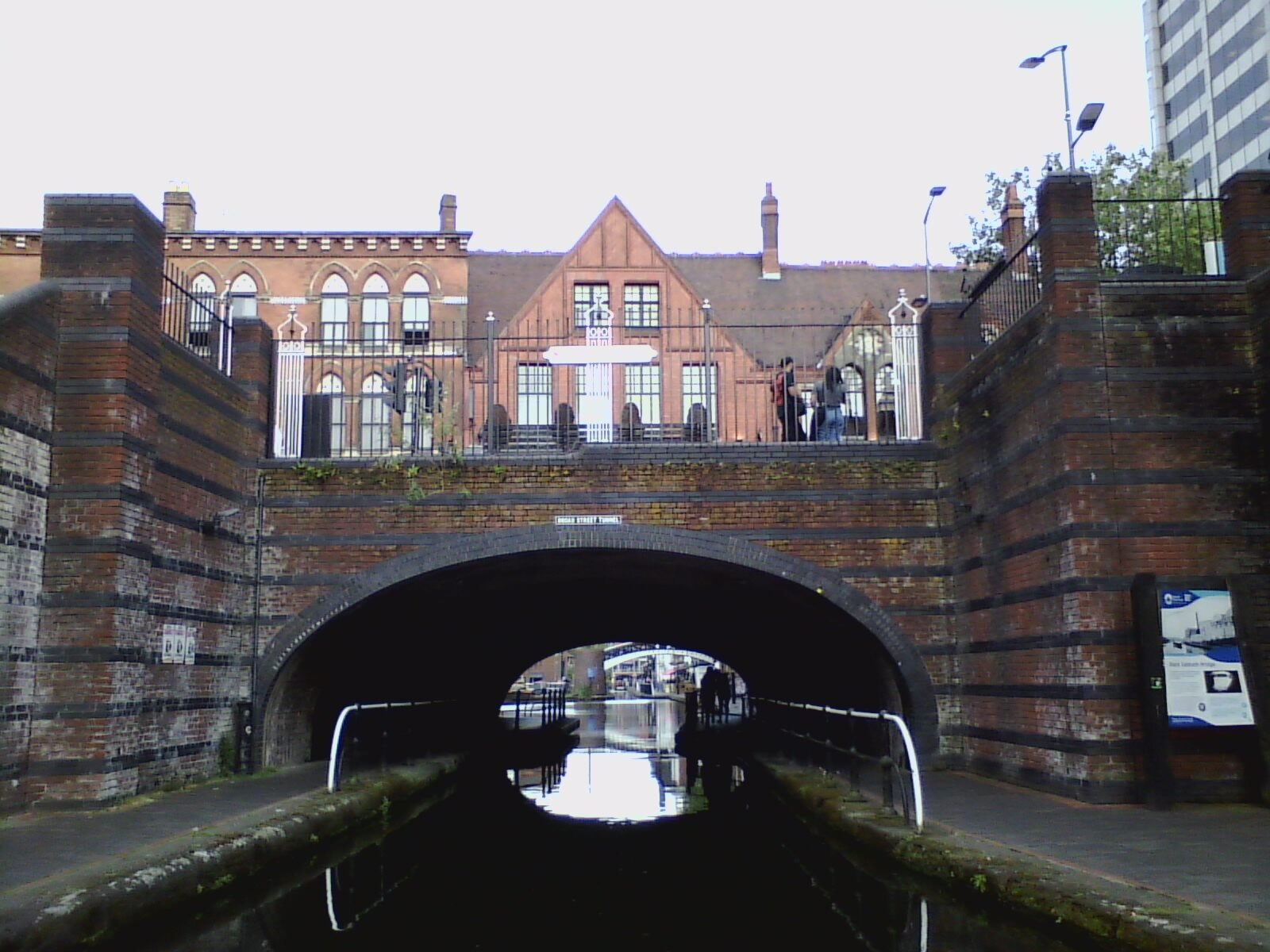
Introduction
The Black Sabbath Bridge has become a cultural landmark, celebrating the immense influence and legacy of one of rock music’s most iconic bands, Black Sabbath. The band’s pioneering role in the creation of heavy metal has left a lasting impact on music and pop culture, making the bridge a fitting tribute to their contribution. Opened recently in Birmingham, England, the bridge not only connects two parts of the city but also serves as a visual reminder of the city’s rich musical heritage.
Details of the Black Sabbath Bridge
Unveiled in early October 2023, the Black Sabbath Bridge stretches over a prominent canal in Birmingham, the city that gave birth to the band in the late 1960s. The project has been a collaborative effort between local authorities and the band’s surviving members, who have expressed their joy in seeing the city’s appreciation for their work. The design of the bridge features motifs and engravings related to Black Sabbath’s music, including iconic album covers and lyrics that resonate with fans.
The initiative to construct the bridge was part of a wider effort to enhance Birmingham’s creative economy and promote local tourism. As visitors flock to the city to explore its musical heritage, the bridge is expected to become a prime destination for Black Sabbath fans and music lovers alike. The project’s planning took over two years, with local authorities ensuring that it would reflect both the band’s history and the evolving face of Birmingham.
Cultural Significance
The Black Sabbath Bridge represents more than just a physical structure; it embodies the spirit of a generation that shaped the sound of modern music. With hits like “Iron Man” and “Paranoid,” Black Sabbath transformed the rock genre and inspired countless musicians around the world. The bridge also signifies Birmingham’s status as a cultural hub, honouring not only Black Sabbath but also various other artists from the area.
The installation of the bridge is viewed as a catalyst for revitalising the area surrounding it, contributing to local pride and economic growth through increased footfall in nearby shops and venues. With several events planned around the bridge’s opening—ranging from guided tours to musical performances—the local community is eager to harness the energy of this tribute.
Conclusion
As the Black Sabbath Bridge stands tall in Birmingham, it serves as a permanent reminder of the band’s groundbreaking legacy and their role in the evolution of rock music. For generations to come, the bridge will attract fans and tourists alike, encouraging them to not only celebrate Black Sabbath’s music but also to explore the vibrant cultural landscape of Birmingham. The future looks bright for this new landmark, setting a precedent for how music history can be preserved and celebrated through public art and urban development.
You may also like

Jay Z: The Evolution of a Music Legend

The Lasting Legacy of Amy Winehouse
